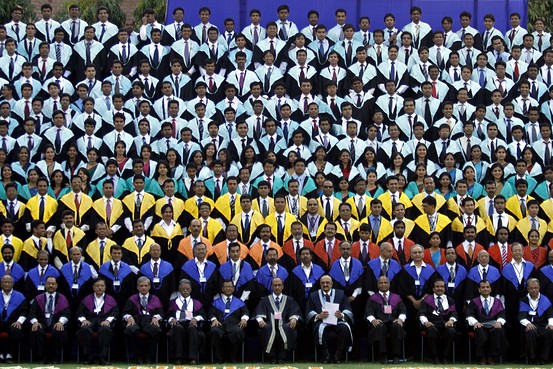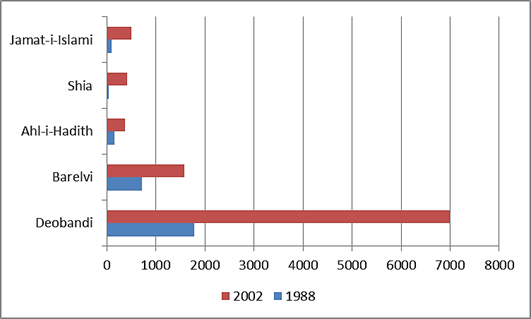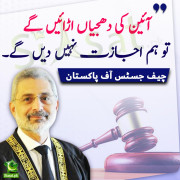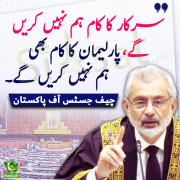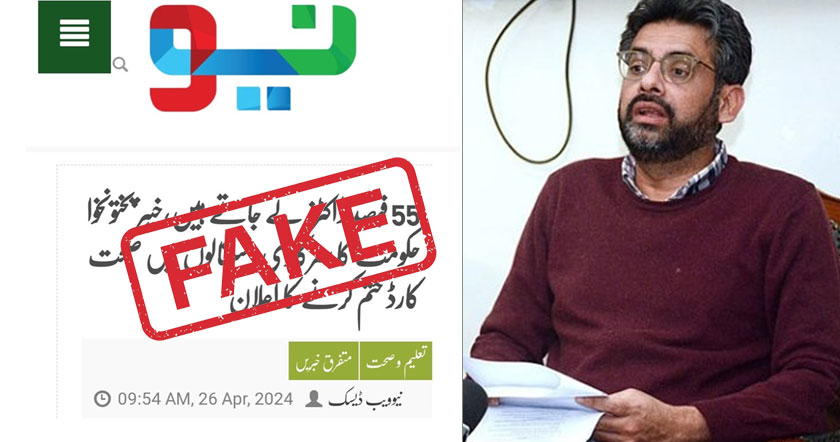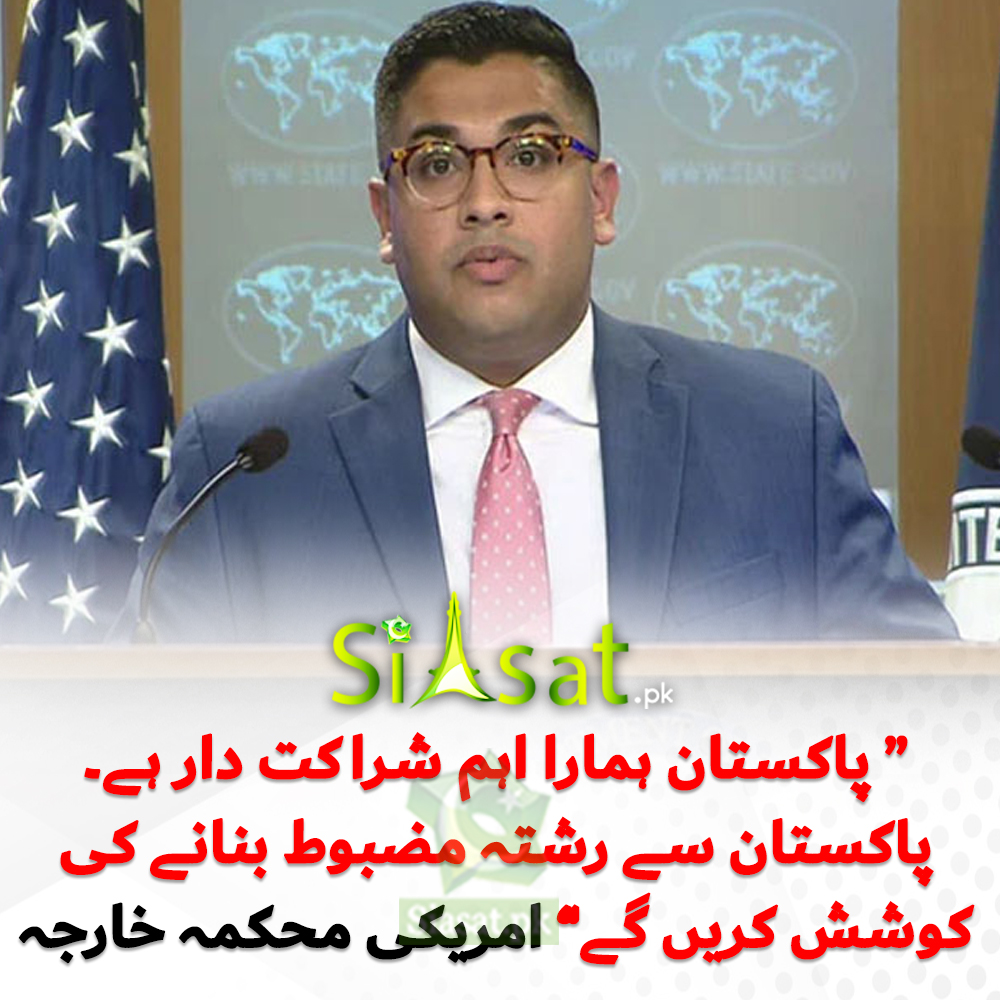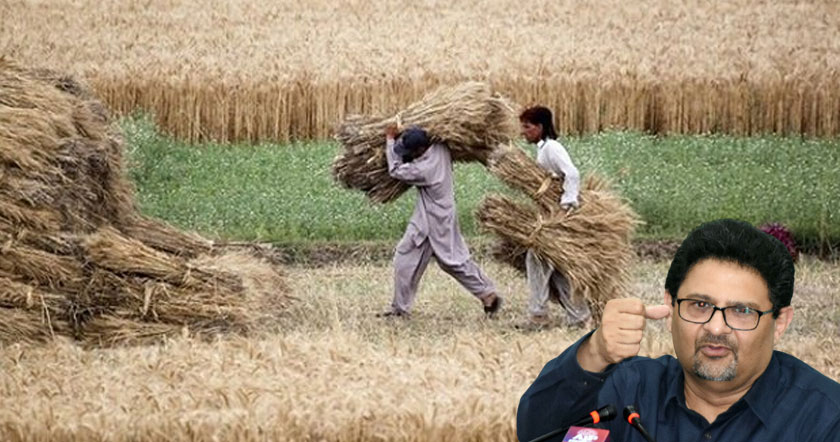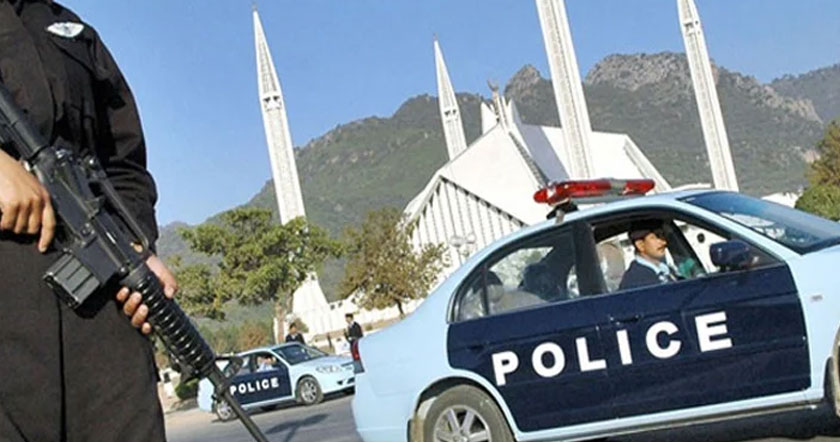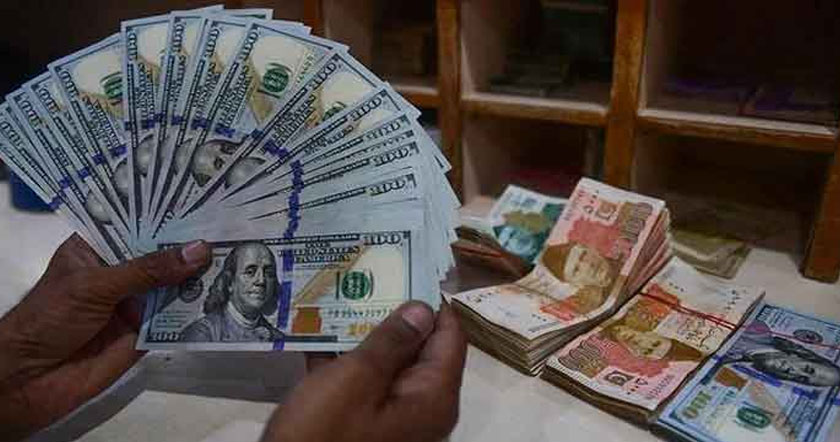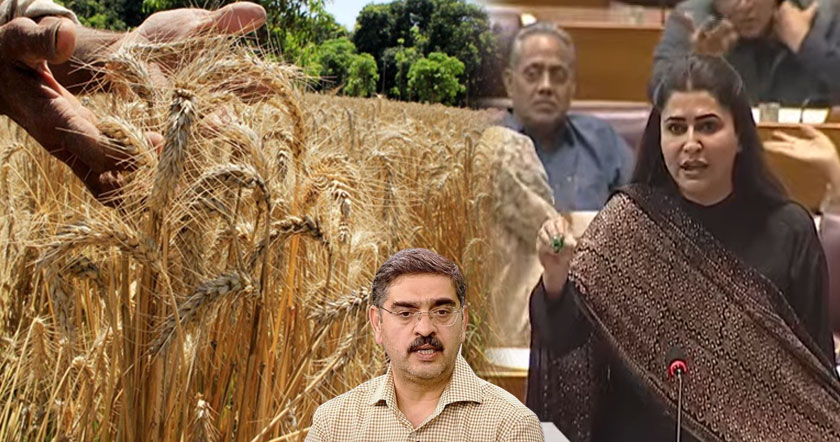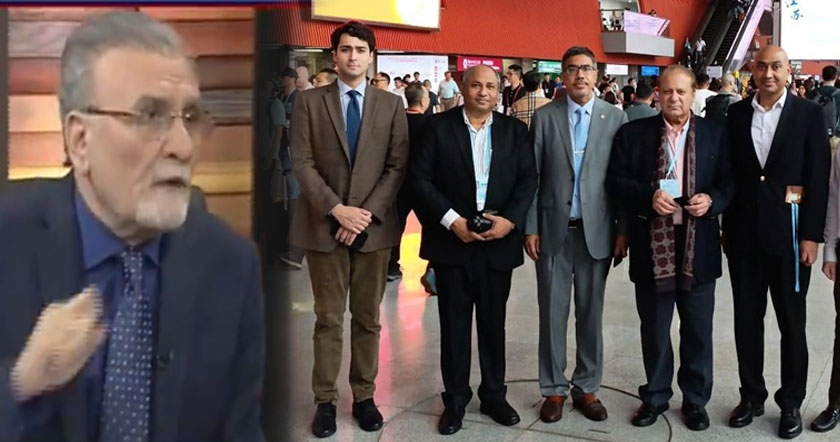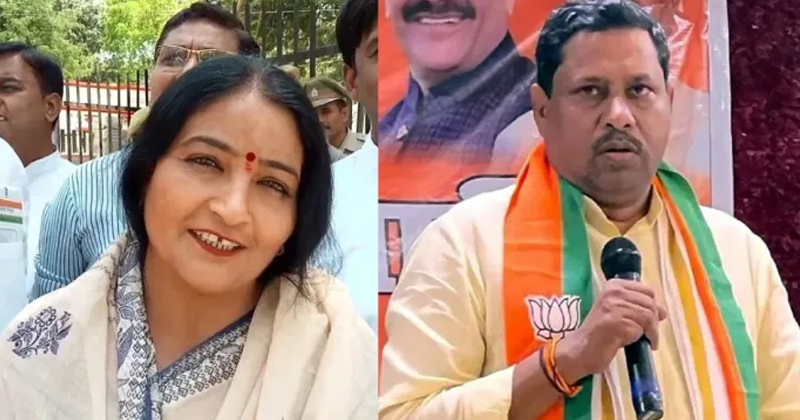India records the highest cases of inconsistencies in the background of the job – seekers:
The Background Discrepancy Survey by First Advantage has given India the notorious label of being the centriole of the highest number of cases of employment related inconsistencies. The survey had been carried out globally, and the data had been collected from the employment log of various industries.
While an alarming rate of 50% of male job aspirants forging their previous job experience certificates have been exposed, the statistics of 2013 indicates cases of dissonance in the various employment sectors to be 71.5%. 50% of the job seekers with fake credentials pertain to the BFSI segment, with 18% in the IT sector. In the mid – level companies, background checks are usually perfunctory, only the top corporate go for a serious screening of the credentials of the candidate. Educational authorities in Maharashtra,
Kerala and several other states, have stumbled upon cases of even professors working for various reputed educational institutes, to be holders of fake credentials. And why should it not be? As per a rough estimate, there are about 2500 fake universities and 7500 fake companies existing in India!
The high rate of unemployment in our country and the exorbitant costs of higher education further fuel the educational fraud rackets, selling forged certificates to the students and job seekers, with the right low on morals and the necessary criminal streak to avail a shortcut to success. It has been found that, not only bogus universities, but also reputed institutes are involved in the forged certificates racket.
A decent MBA degree from a reputed institute will cost you a minimum of Rs 7 to 8 lakhs and three years. What, if you get the same degree for one tenth of that amount and in 15 days? Yes, there are many takers, who usually go out of the state they belong to, and apply for jobs in different states, where the chances of getting exposed are even slimmer. While Uttar Pradesh tops the list of bogus universities, Karnataka records the highest number of employment background inconsistency cases.
The case of fake companies will be dealt in another article.
This article exclusively focuses on the educational fraud rackets. Discussed below are some cases of the fake certificate rackets that had been cracked by the legal authorities.
Cases of fake educational credentials in Maharashtra:
26 universities across the country have been declared fake, and the MPhil and PhD degrees accredited by these universities have been designated worthless, by the Dr. Babasahib Ambedkar Marathawada University (BAMU), which includes, Jagdishprasad Jhabarmal Tibrewala University in Rajasthan,
Chandra Mohan Jha University (CMJ) in Shillong and the Algappa University in Tamilnadu. The issue was brought under light when three BAMU professors were found to be in possession of degrees accredited by the fake CMJ University. The Maharashtra Government had issued a notice in June 2013 to all universities, to nullify the appointment and other privileges, being enjoyed by professors, who had acquired such positions, on the basis of degrees acquired from the dubious CMJ University. The ensuing investigation revealed 29 other cases of employment, on the basis of fake certificates, in universities of Solapur, Nanded, Gadchiroli and Nagpur. BAMU was envisaged in December 2012, following the instructions of the central directorate of higher education.
BAMU adheres to the guidelines provide by the University Grants Commission (UGC). So far BAMU had examined 65 universities, of which 21 were found to be counterfeit, and the Phd and MPhil degrees allocated by five universities under scrutiny were found to be invalid. BAMU is implementing further screening procedures to identify professors employed by various universities with fake credentials!
Cases of fake educational credentials in Vishakhapatnam:
In Vishakhapatnam, the police had arrested four individuals in connection with the fake certificates of a number of universities including secondary education boards of Uttar Pradesh and Madhya Pradesh. Among the articles confiscated were two laptops, 300 fake certificates, rubber stamps and other associated materials. According to the statement issued by the police, the alleged culprits used to access the websites of different universities using Internet.
They downloaded copies of original as well as provisional certificates of different institutes, which were later scanned to forge the signatures of the signatory authorities of the said institutions. The racket was selling each counterfeit certificate at a price of Rs 12,000 to 30, 000, depending on the degree and the demand of the course. The racket had sold nearly 118 such fake certificates, which include certificates for SSC, graduation, post graduation, MSc, MCA, MTech and MBA streams of various reputed institutes.
Of the four alleged involved in this counterfeit racket, one is still absconding. The arrested racketeers had also swindled a number of unemployed individuals and students with promises of jobs, in the private sector and overseas.
Cases of fake educational credentials in Kerala:
In yet another instance of fake certificates, the University of Kerala had unraveled over six cases of bogus certificate holders and over 12 cases of fake graduation certificate holders in just a months’ time in Thiruvananthapuram. However, the rackets, forging such fake certificates and the holders of bogus credentials still remains unidentified. As per the statements of the University pro – vice –chancellor, N Veeramanikandan, “I’ve just completed a month in my post.
During this brief period I’ve come across at least six or seven cases of fake certificates. Most enquiries for certificate verification come from the agencies and companies outside the state. In some cases, even the fake signature of VCs doesn’t match with the original term in the office. We have not been able to take any stern actions as the chances of identifying fake certificate rackets and those who obtain the same are remote”.
Controller of Examinations, K Madhukumar commented that, though the University has come across a considerable number of fake credential cases, the authorities are not at liberty to seek police assistance. While citing the example of a recent discovery of 15 such fakes, amongst certificates that had been submitted for verification,
he further confirmed, “Whenever the university confirms that a certificate it received for verification is fake, we inform the applicant about the same. We also request them to pass the original address of the certificate holder so that we can initiate action. However, no agencies or companies have so far heeded to our request. We cannot approach the police without the real name or address of the fake certificate holder. We will have to find other options”.
Cases of fake educational credentials in Lucknow:
In another scam of a similar nature, nine officials of the Lucknow University were alleged of selling bogus certificates to a number of students, of which 18 individuals were successful in acquiring an admission in the Basic Training Certificate (BTC) Institute of the district, on the basis of the said bogus credentials. The authentication process of the documents brought the scam under focus.
An investigation into the matter by the CB – CID revealed, not only the Lucknow University officials, but the alleged involvement of three Agra University officials in the scam, as well. The felonious students accused with the case of cheating had surrendered before the court, while a local court in Muzaffarnagar had issued non – bailable warrants against the nine alleged officials of the Lucknow University, when they failed to put up an appearance in the court, on the date of hearing of the counterfeit credential case.
Conclusion – UGC declared bogus universities in the country:
UGC has declared 21 universities across the country as bogus. Furnished below is a state wise list of such universities:
• UTTAR PRADESH: Netaji Subhash Chandra Bose Open University (Aligarh), Maharana Pratap Shiksha Niketan Vishwavidyalaya \
(Pratapgarh), Gurukul Vishyavidyalaya and Uttar Pradesh Vishyavidyalaya (Mathura), Indraprastha Shiksha Parishad (Noida), Varanaseya Sankrit Vishwavidyalaya (Varanasi), National University Of Electro – Complex Homeopathy (Kanpur), Mahila Gram Vidyapith (Women’s University) and Gandhi Hindi Vidyapith (Allahabad)
• MAHARASHTRA: Raja Arabic University
• WEST BENGAL: Indian Institute of Alternative Medicine (Kolkata)
• BIHAR: Mithila University (Darbhanga)
• MADHYA PRADESH : Keserwani Vidyapith
• KARNATAKA : Badaganvi Sarkar World Open University (Gokak, Belgaum)
• TAMIL NADU : DDB Sanskrit University (Putur, Trichi)
• KERALA : St. John’s University (Kishanattam)
• DELHI : Commercial Universities Limited, United Nations University, Vocational University, ADR Centric Judicial University and Indian Institute Of Science and Engineering
UGC has given a serious warning to the said institutions. The UGC notice clearly mentioned, “……running of under – graduate or post – graduate degree courses and giving misleading advertisements shall attract severe actions under UGC Act, IPC….”.
http://www.mapsofindia.com/my-india...e-universities-and-forged-degree-certificates
The Background Discrepancy Survey by First Advantage has given India the notorious label of being the centriole of the highest number of cases of employment related inconsistencies. The survey had been carried out globally, and the data had been collected from the employment log of various industries.
While an alarming rate of 50% of male job aspirants forging their previous job experience certificates have been exposed, the statistics of 2013 indicates cases of dissonance in the various employment sectors to be 71.5%. 50% of the job seekers with fake credentials pertain to the BFSI segment, with 18% in the IT sector. In the mid – level companies, background checks are usually perfunctory, only the top corporate go for a serious screening of the credentials of the candidate. Educational authorities in Maharashtra,
Kerala and several other states, have stumbled upon cases of even professors working for various reputed educational institutes, to be holders of fake credentials. And why should it not be? As per a rough estimate, there are about 2500 fake universities and 7500 fake companies existing in India!
The high rate of unemployment in our country and the exorbitant costs of higher education further fuel the educational fraud rackets, selling forged certificates to the students and job seekers, with the right low on morals and the necessary criminal streak to avail a shortcut to success. It has been found that, not only bogus universities, but also reputed institutes are involved in the forged certificates racket.
A decent MBA degree from a reputed institute will cost you a minimum of Rs 7 to 8 lakhs and three years. What, if you get the same degree for one tenth of that amount and in 15 days? Yes, there are many takers, who usually go out of the state they belong to, and apply for jobs in different states, where the chances of getting exposed are even slimmer. While Uttar Pradesh tops the list of bogus universities, Karnataka records the highest number of employment background inconsistency cases.
The case of fake companies will be dealt in another article.
This article exclusively focuses on the educational fraud rackets. Discussed below are some cases of the fake certificate rackets that had been cracked by the legal authorities.
Cases of fake educational credentials in Maharashtra:
26 universities across the country have been declared fake, and the MPhil and PhD degrees accredited by these universities have been designated worthless, by the Dr. Babasahib Ambedkar Marathawada University (BAMU), which includes, Jagdishprasad Jhabarmal Tibrewala University in Rajasthan,
Chandra Mohan Jha University (CMJ) in Shillong and the Algappa University in Tamilnadu. The issue was brought under light when three BAMU professors were found to be in possession of degrees accredited by the fake CMJ University. The Maharashtra Government had issued a notice in June 2013 to all universities, to nullify the appointment and other privileges, being enjoyed by professors, who had acquired such positions, on the basis of degrees acquired from the dubious CMJ University. The ensuing investigation revealed 29 other cases of employment, on the basis of fake certificates, in universities of Solapur, Nanded, Gadchiroli and Nagpur. BAMU was envisaged in December 2012, following the instructions of the central directorate of higher education.
BAMU adheres to the guidelines provide by the University Grants Commission (UGC). So far BAMU had examined 65 universities, of which 21 were found to be counterfeit, and the Phd and MPhil degrees allocated by five universities under scrutiny were found to be invalid. BAMU is implementing further screening procedures to identify professors employed by various universities with fake credentials!
Cases of fake educational credentials in Vishakhapatnam:
In Vishakhapatnam, the police had arrested four individuals in connection with the fake certificates of a number of universities including secondary education boards of Uttar Pradesh and Madhya Pradesh. Among the articles confiscated were two laptops, 300 fake certificates, rubber stamps and other associated materials. According to the statement issued by the police, the alleged culprits used to access the websites of different universities using Internet.
They downloaded copies of original as well as provisional certificates of different institutes, which were later scanned to forge the signatures of the signatory authorities of the said institutions. The racket was selling each counterfeit certificate at a price of Rs 12,000 to 30, 000, depending on the degree and the demand of the course. The racket had sold nearly 118 such fake certificates, which include certificates for SSC, graduation, post graduation, MSc, MCA, MTech and MBA streams of various reputed institutes.
Of the four alleged involved in this counterfeit racket, one is still absconding. The arrested racketeers had also swindled a number of unemployed individuals and students with promises of jobs, in the private sector and overseas.
Cases of fake educational credentials in Kerala:
In yet another instance of fake certificates, the University of Kerala had unraveled over six cases of bogus certificate holders and over 12 cases of fake graduation certificate holders in just a months’ time in Thiruvananthapuram. However, the rackets, forging such fake certificates and the holders of bogus credentials still remains unidentified. As per the statements of the University pro – vice –chancellor, N Veeramanikandan, “I’ve just completed a month in my post.
During this brief period I’ve come across at least six or seven cases of fake certificates. Most enquiries for certificate verification come from the agencies and companies outside the state. In some cases, even the fake signature of VCs doesn’t match with the original term in the office. We have not been able to take any stern actions as the chances of identifying fake certificate rackets and those who obtain the same are remote”.
Controller of Examinations, K Madhukumar commented that, though the University has come across a considerable number of fake credential cases, the authorities are not at liberty to seek police assistance. While citing the example of a recent discovery of 15 such fakes, amongst certificates that had been submitted for verification,
he further confirmed, “Whenever the university confirms that a certificate it received for verification is fake, we inform the applicant about the same. We also request them to pass the original address of the certificate holder so that we can initiate action. However, no agencies or companies have so far heeded to our request. We cannot approach the police without the real name or address of the fake certificate holder. We will have to find other options”.
Cases of fake educational credentials in Lucknow:
In another scam of a similar nature, nine officials of the Lucknow University were alleged of selling bogus certificates to a number of students, of which 18 individuals were successful in acquiring an admission in the Basic Training Certificate (BTC) Institute of the district, on the basis of the said bogus credentials. The authentication process of the documents brought the scam under focus.
An investigation into the matter by the CB – CID revealed, not only the Lucknow University officials, but the alleged involvement of three Agra University officials in the scam, as well. The felonious students accused with the case of cheating had surrendered before the court, while a local court in Muzaffarnagar had issued non – bailable warrants against the nine alleged officials of the Lucknow University, when they failed to put up an appearance in the court, on the date of hearing of the counterfeit credential case.
Conclusion – UGC declared bogus universities in the country:
UGC has declared 21 universities across the country as bogus. Furnished below is a state wise list of such universities:
• UTTAR PRADESH: Netaji Subhash Chandra Bose Open University (Aligarh), Maharana Pratap Shiksha Niketan Vishwavidyalaya \
(Pratapgarh), Gurukul Vishyavidyalaya and Uttar Pradesh Vishyavidyalaya (Mathura), Indraprastha Shiksha Parishad (Noida), Varanaseya Sankrit Vishwavidyalaya (Varanasi), National University Of Electro – Complex Homeopathy (Kanpur), Mahila Gram Vidyapith (Women’s University) and Gandhi Hindi Vidyapith (Allahabad)
• MAHARASHTRA: Raja Arabic University
• WEST BENGAL: Indian Institute of Alternative Medicine (Kolkata)
• BIHAR: Mithila University (Darbhanga)
• MADHYA PRADESH : Keserwani Vidyapith
• KARNATAKA : Badaganvi Sarkar World Open University (Gokak, Belgaum)
• TAMIL NADU : DDB Sanskrit University (Putur, Trichi)
• KERALA : St. John’s University (Kishanattam)
• DELHI : Commercial Universities Limited, United Nations University, Vocational University, ADR Centric Judicial University and Indian Institute Of Science and Engineering
UGC has given a serious warning to the said institutions. The UGC notice clearly mentioned, “……running of under – graduate or post – graduate degree courses and giving misleading advertisements shall attract severe actions under UGC Act, IPC….”.
http://www.mapsofindia.com/my-india...e-universities-and-forged-degree-certificates


